When you think globalisation began depends on how you define it. Ancient civilizations and medieval cities of course exchanged tools, plants, diseases, and ideas. But most recent discussions of the start of globalisation define it as integration of a market across regions or countries, as measured by the convergence of commodity prices. For example, The Economist (2013) argues there was a world silver market after about 1500.
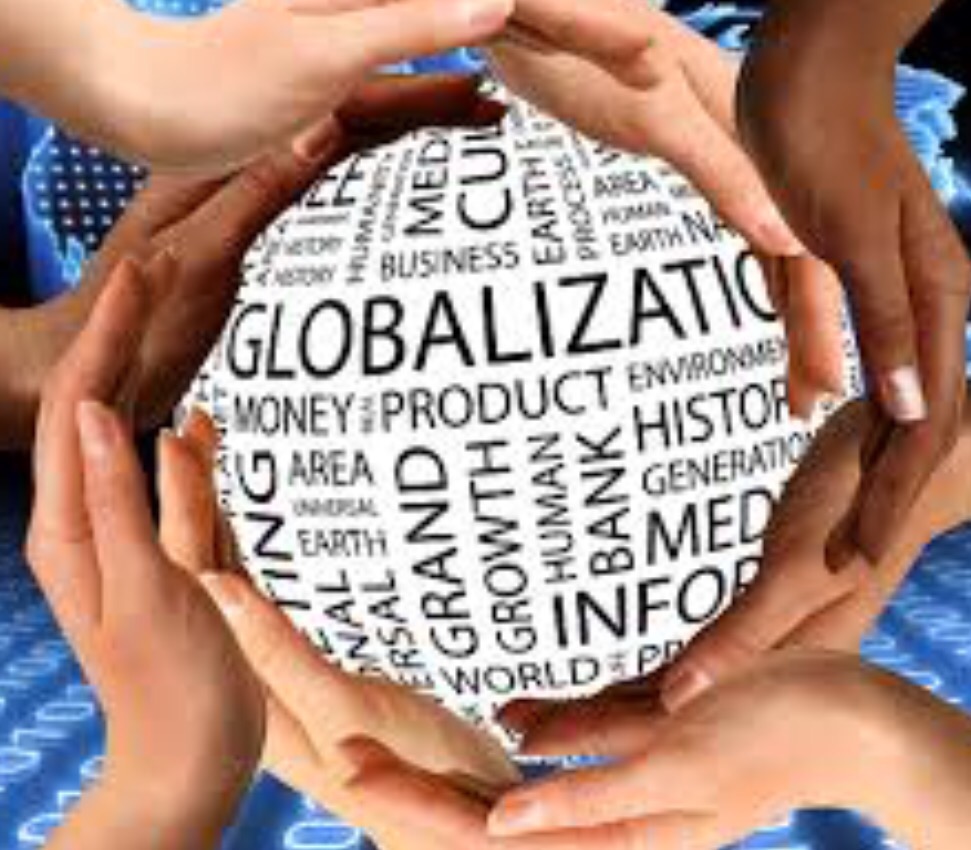
O’Rourke and Williamson argued already in 2002 that commodity price convergence is indeed the best way to measure the integration of markets that defines globalisation. They note the international trade in luxury goods – such as spices, silk, furs, and gold – from 1500 to 1800. But they suggested that falling transport costs led to a globalisation big bang in the 1820s marked by the integration of markets for necessities like grains and textiles. For the first time, this international integration began to affect how capital and labour were used within domestic economies, and thus also began to be the subject of political debates
A wealth of recent research studies the historical departures from the law of one price: how relative prices across locations were related to distance and whether that effect declined over time.
New research studies price convergence using annual market prices from within Sweden, for 1732–1914, painstakingly collected by Jörberg (1972) and his colleagues (Crucini and Smith 2016). The prices are for 32 towns and 19 commodities: nine agricultural goods (beef, butter, hay, hops, pork, straw, tallow, wheat and wool), two animals (oxen and sheep), one fish (Baltic herring), four building materials (bar iron, log timber, sawn batten, and tar) and three sources of light or heat (charcoal, tallow candles, and wax candles). This large coverage of years, towns, and commodities yields 502,689 relative prices.
Sweden changed currencies several times during the 18th century, and the krona was not introduced until 1803. Thus we cannot graph continuous price series because it is not clear how to splice across currencies. But we can readily calculate a measure of price dispersion: the absolute value of the log, bilateral, relative price. We then relate this measure statistically to (a) the great circle distance between towns, and (b) the year. Imagining the distance on the horizontal axis and price dispersion on the vertical axis, we then estimate the median distance function, which is simply the intercept plus the slope drawn through this scatterplot and evaluated at the median distance. The large number of prices means that this function can be estimated separately for each year pooled across commodities. We do not need to guess the shape of the time trend.
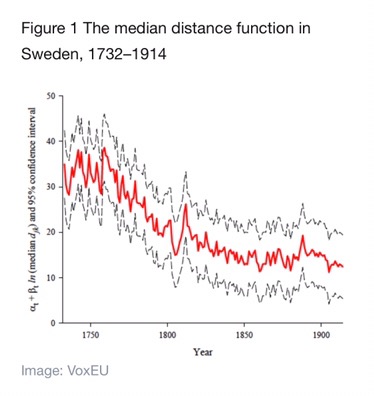
Figure 1 shows the result. The central, red line gives the median distance function and the outer, black lines give its 95% confidence interval. This overall time effect is volatile at the beginning of the sample, but then begins a marked decline after 1760. It falls fastest in the remainder of the 18th century, then continues a more gradual decline – with some volatility – until 1914. A similar pattern appears for almost all individual commodities. Thus the distance function became flatter over time.
To read the entire article, click here: WEF article
Source: World Economic Forum
If you like this blog, and obviously many of you do since more than 14.000 visitors read CapacityNow – Nothing is impossible on www.larskarlsson.com every month.
Don’t miss CapacityNow on Twitter. More than 700 people are following my account.
On Twitter @CapacityNow, you get updates many times every day.
Twitter is a microblog with limited space for each message/posting. You can – beside following @CapacityNow – also follow the newsfeed from organizations, follow your favourite music/football star, read the very news or why not check-out the more than 400 exisiting accounts from Customs and Border agencies.
If you don’t have a Twitter account it is very easy to get one – and it is for free. Just Google Twitter and follow the instruction. Don’t forget to search for @CapacityNow when you hbe registered your account.
See you on Twitter.
15 years ago. It was the 11th September 2001. I was National Director and Head of ICT/Development of Swedish Customs.
I was in my office of Swedish Customs HQ in a meeting, when my PA came in and said that I should rurn on the TV. I did and saw the second airplane crash into the tower of World Trade Center. I will never forget it.
I went to the Directors General office and we sat there together for the rest of the day following the CNN live broadcast from New York and Washington D.C. – trying to understand what was happening.
The same day we wrote a letter to U.S. Customs, sending our condolences, sympathy and support.
Only a few months before I and some colleagues had visited the U.S. Customs Office in World Trade Center as a part of a bi-lataral cooperation we had about Trusted Traders. A cooperation that later became the start of C T-PAT, when my personal good friends Rob Bonner and Keith Thomson lead the work to secure the global supply chain.
At the same New York visit in May 2001 we also went up to the sightseeing paltform of the towers, staying up there for hours. I have often thought that it could as easily have been us being there on that day, 9/11. In fact it was exactly that day for a lot of people.
The 9/11 attacks was an act of terrorism and criminality beyond comprehension. A lot of innocent people died that day.
I have been back many times in NYC since that time. Every time I visit the 9/11 memorial and museum. To pay tribute to all victims and the officers from many different agencies and the fire department that gave their lives on that day trying to save others.
The Esquire had this weekend an article about 9/11 that made me cry. It is called ‘The Falling Man’. You can read the article here: Article: The Falling Man.
This was a sad day for the world. A day when the world changed. Today we can’t move without security and we have seen terrorist attacks all round the world, also in Europe before and recently.
Everyone that has travelled the last years knows that it is a different world today.
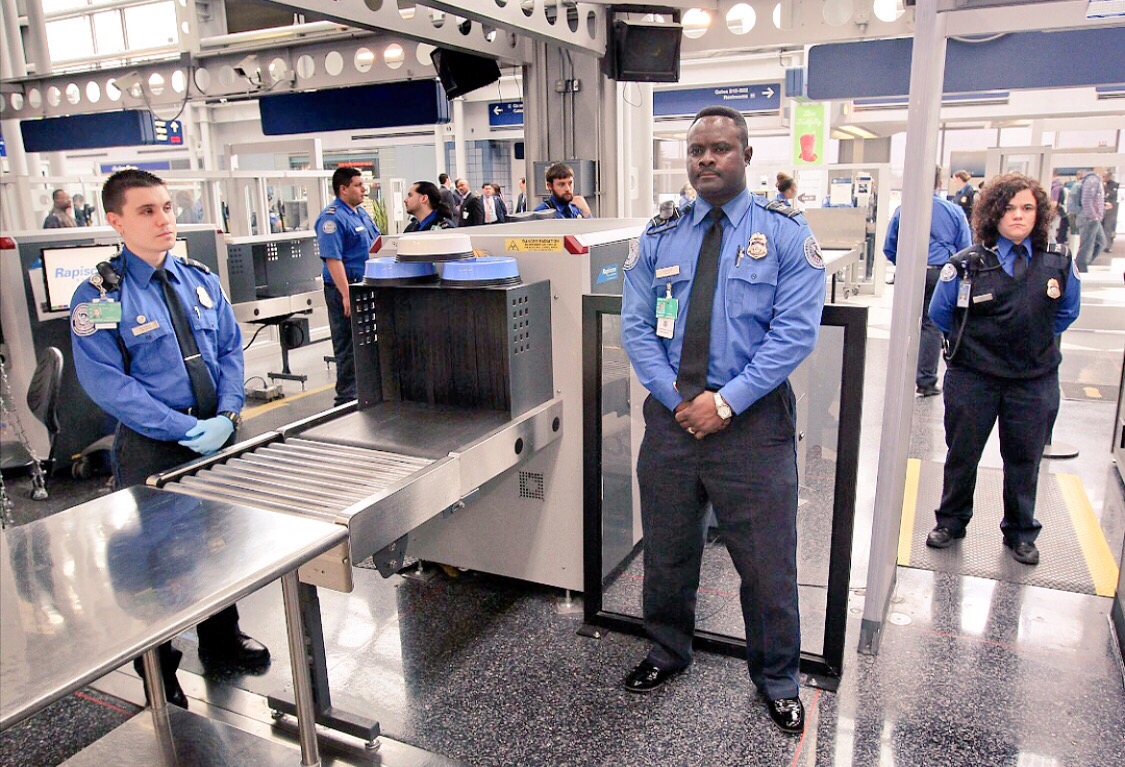
I have worked with security issues since 9/11 and I have many colleagues and friends that have done the same. We will continue to do the same until the day we die.
The terrorists will never win. There are more good people than bad people in the world.
Even if it due to security is more complicated to teavel today than before 9/11, more than 4 billion did travel by airplane last year.
The purpose of terrorism is terror. But you can scare the future.
We will continue to travel in the future, we will continue to secure our societies and we will continue to fight terrorism.
We will never forget.
Source: The Esquire
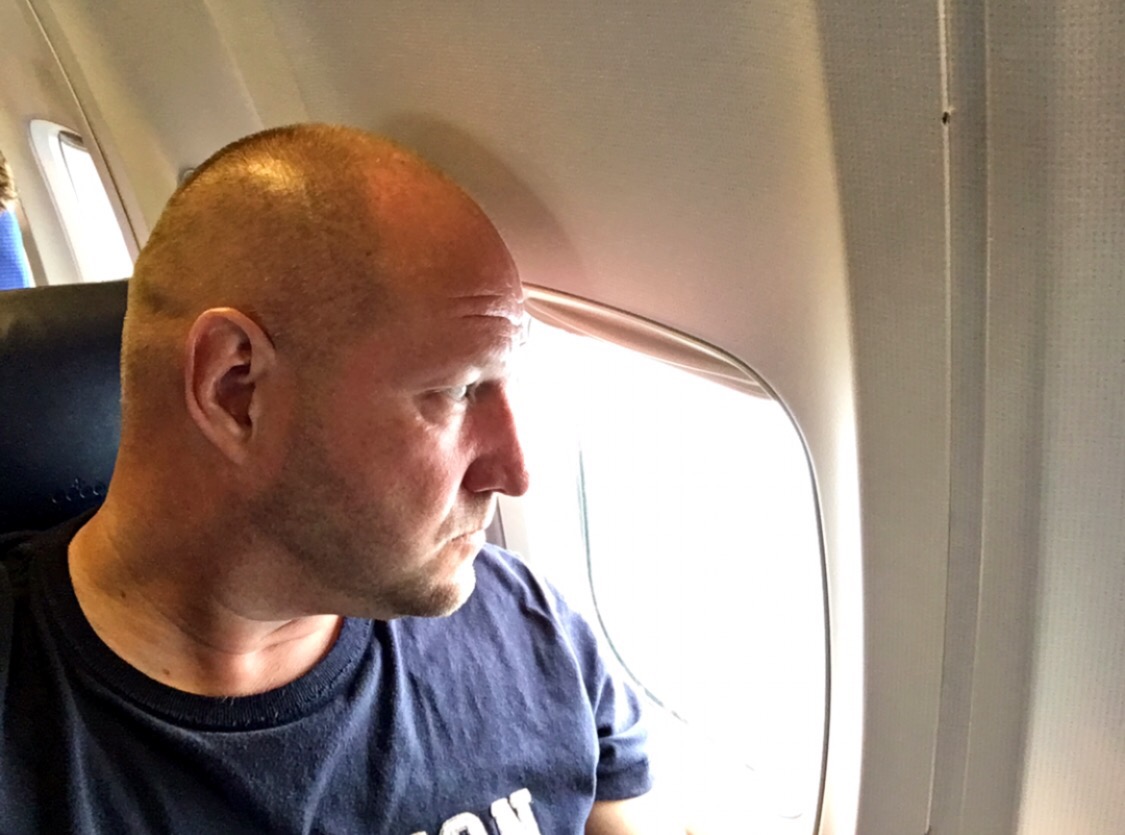
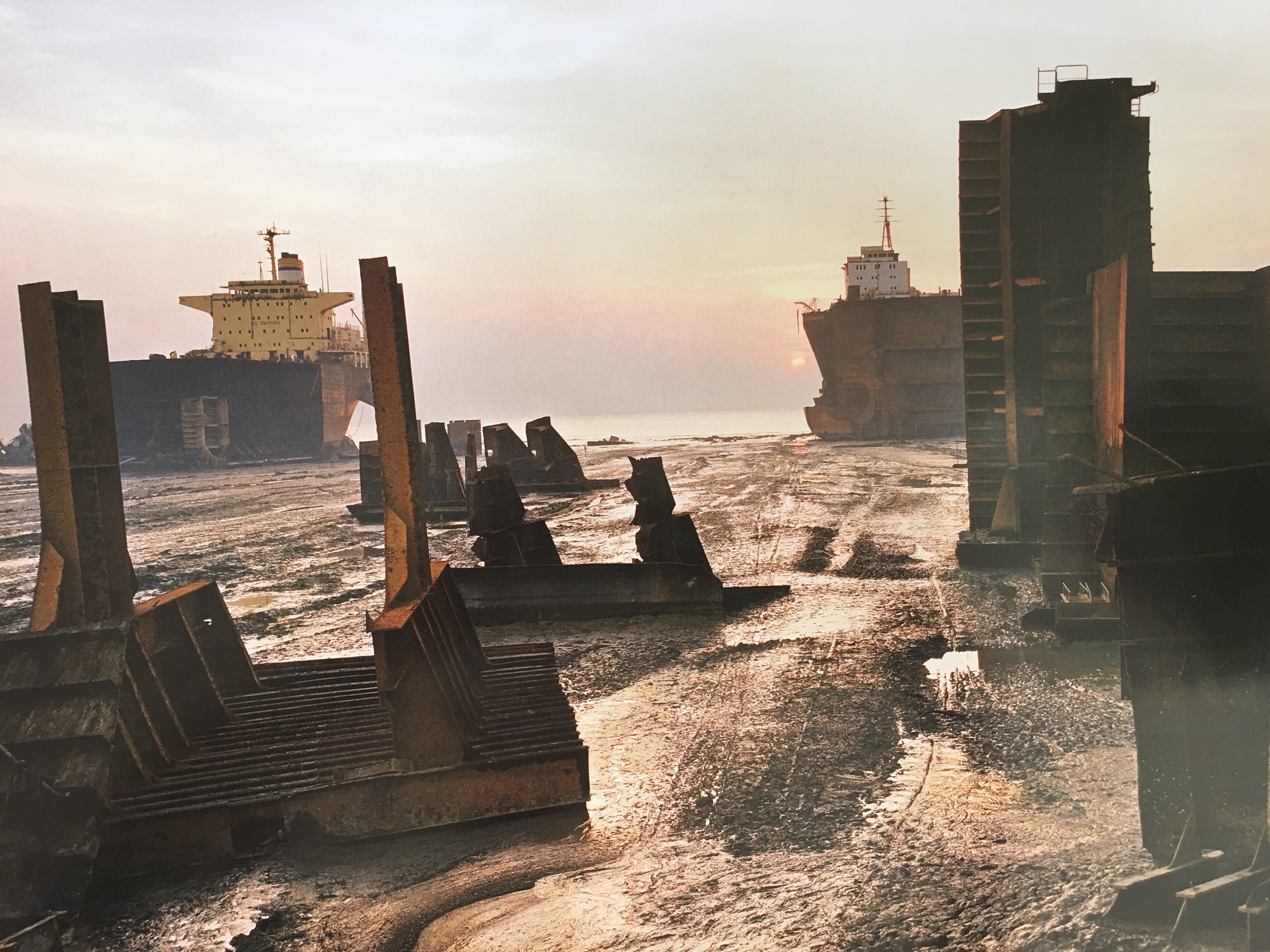
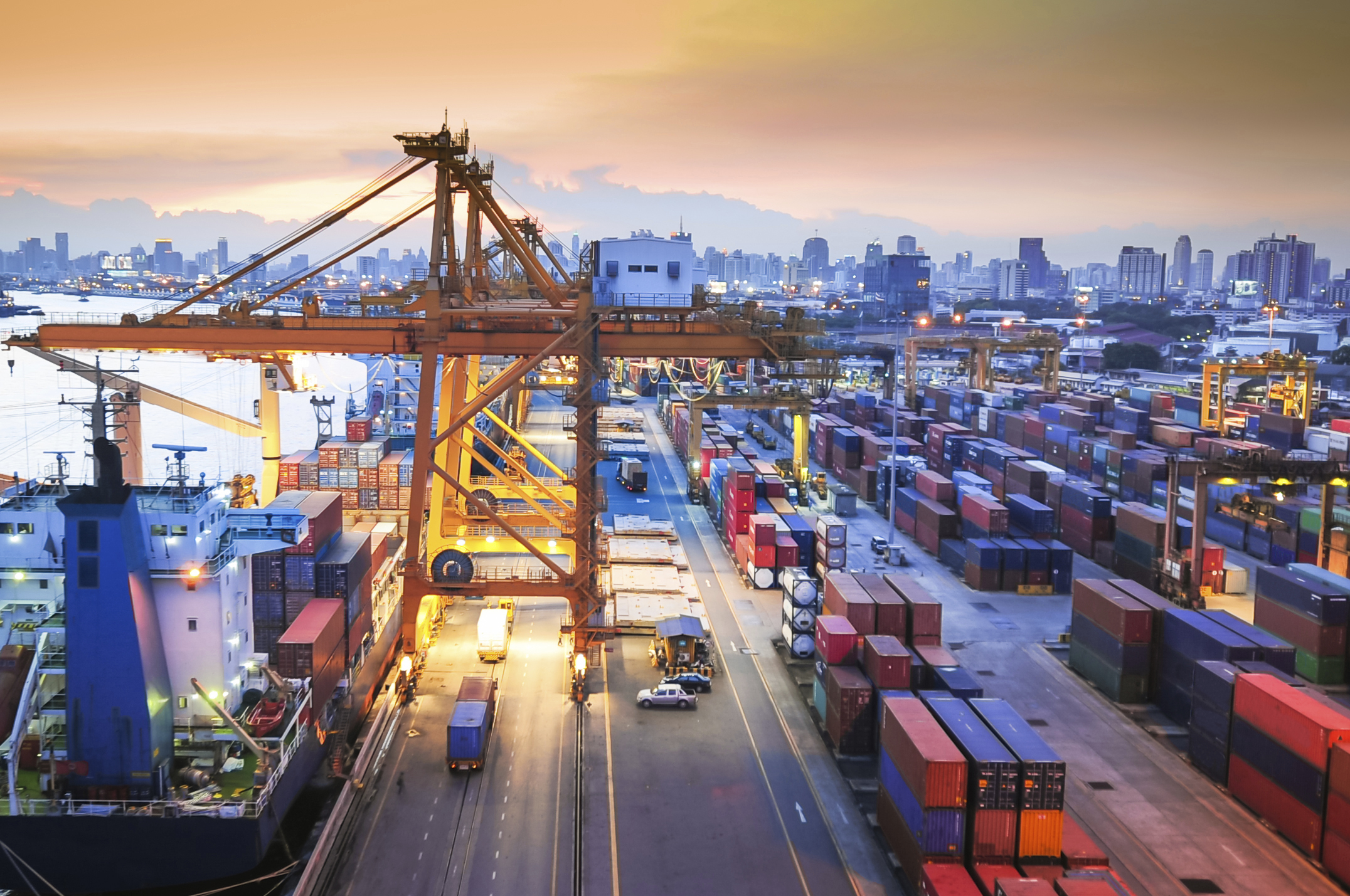
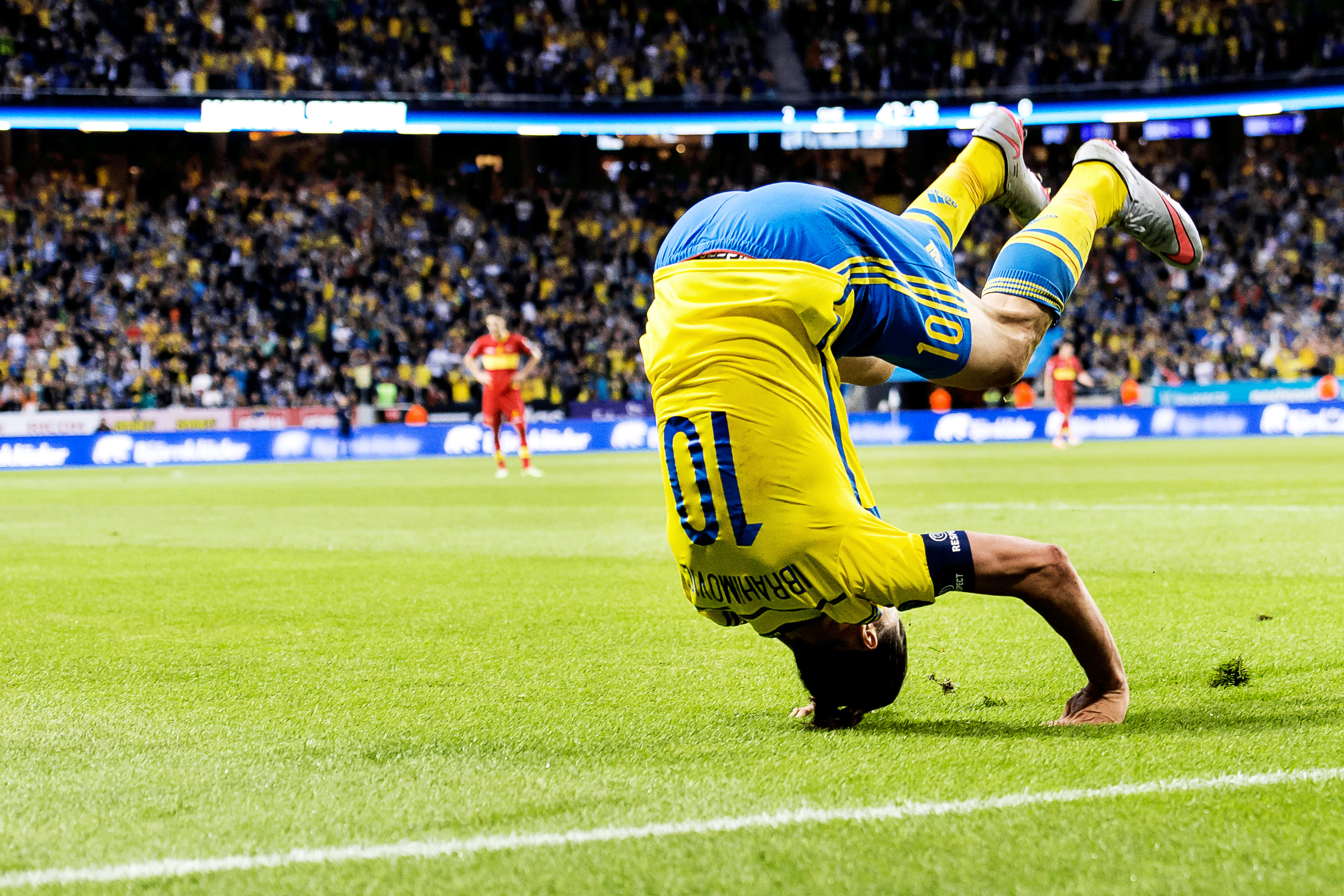
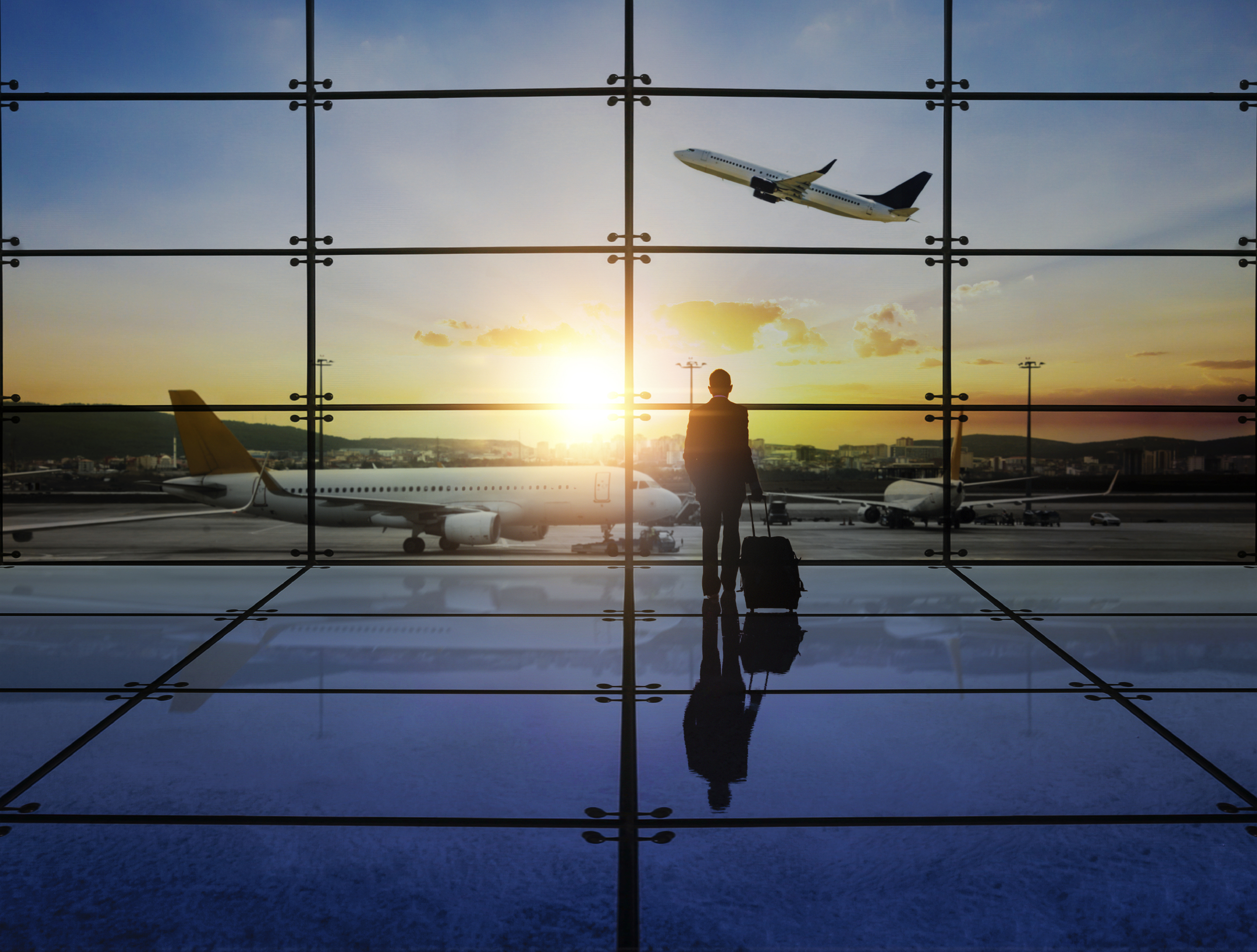

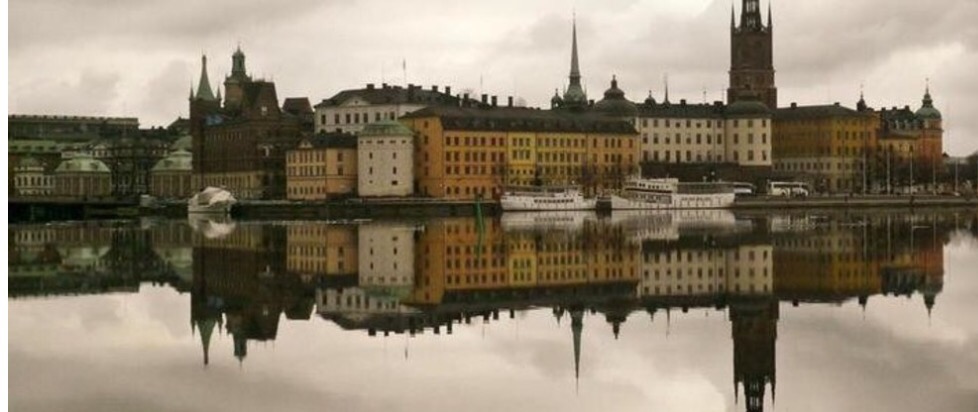
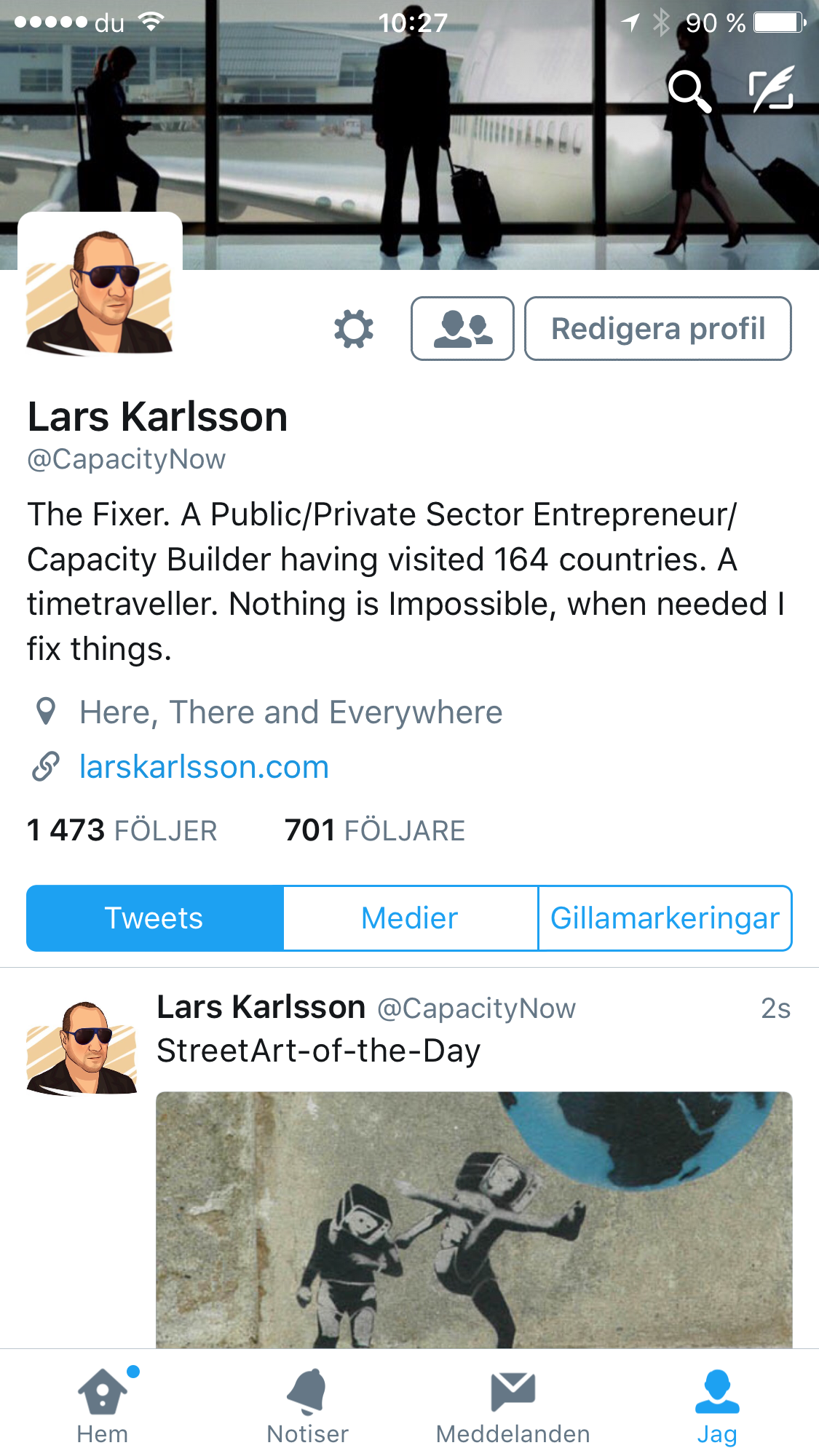

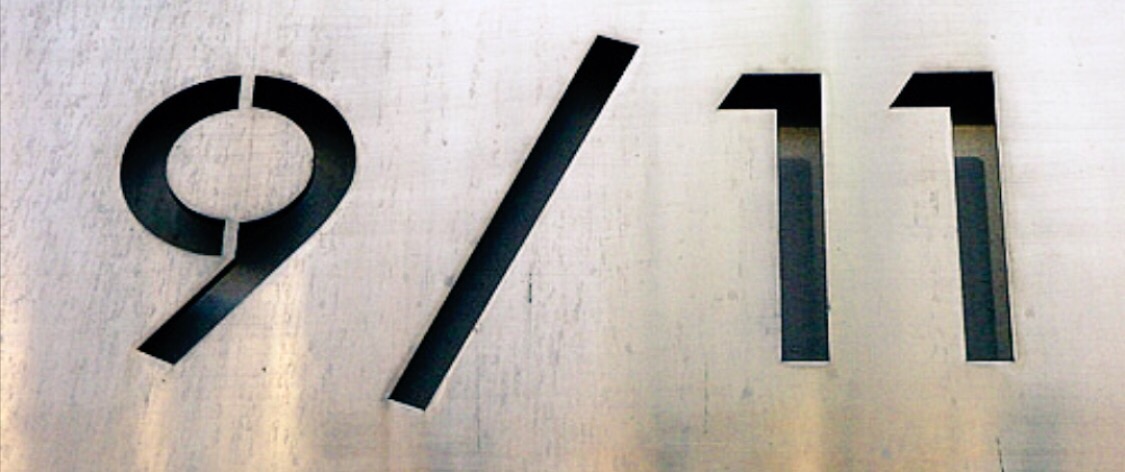
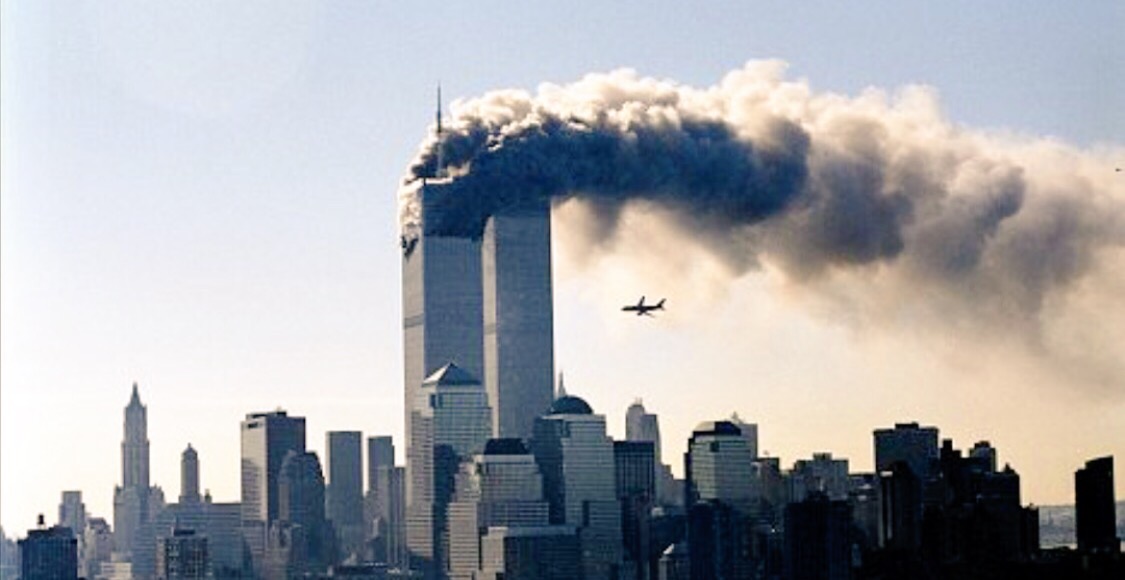


You must be logged in to post a comment.